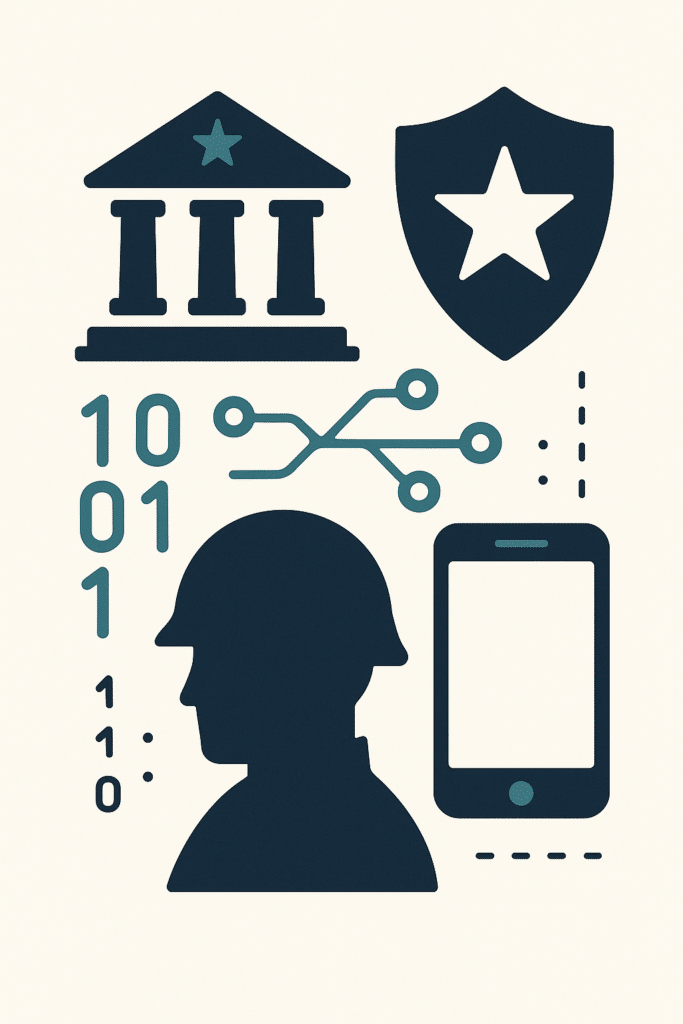
Digital transformation utilized within the government, the military and defense refers to the strategic adoption of a variety of digital technologies and tools to fundamentally change how institutions operate, communicate, collaborate, deliver services, and ultimately, achieve mission outcomes. Digital transformations goes beyond simply modernizing legacy IT systems, it’s about readjusting culture, reimagining processes from start to finish, rebuilding organizational structures, and fine tuning all decision-making frameworks to become more agile, data-driven, faster and more responsive in a rapidly evolving world. Digital transformation at its core in these sectors means leveraging innovations which may include but are not limited to artificial intelligence, cloud computing, machine learning, lean|agile, big data analytics, DevOps, and cybersecurity all working to build smarter, faster, and more resilient systems.
The inclusion of digital transformation within the US government and defense cannot be overstated. In modern times, the speed of each geopolitical, technological, and societal change accelerates exponentially and leadership across government agencies and the military are under increasing pressure to match the pace of private sector innovation and more importantly, keep pace with our adversary advancements. Within the government, transformation enhances public service delivery. Digital transformations works to make systems quicker, collaborative, transparent, efficient, and effective. In citizen sectors of the government this can improve online tax filings, digital identity verification, or predictive even resource allocation during disasters. In the military and defense we’re talking about national security and maintaining superiority in regards to resources, communications, real-time data sharing, systems, as well as integrated command structures that depend on successful and rapid deployment for robust digital infrastructure. The ability to make fast and informed decisions in incredibly complex, multi-domain operations hinges on digital superiority and agile decision making.
Governments today face mounting modern challenges. From cyber threats and disinformation campaigns to outdated procurement systems and talent shortages that need to be addressed. With new challenges comes incredible opportunities. Emerging technologies coupled with lean | agile approaches can help agencies optimize logistics, anticipate threats, and enhance collaboration inside departments, organizations and across the world. For our military and defense in particular, digital transformation is what enables the shift from reactive postures to predictive capabilities, from siloed command chains to synchronized operations across air, land, sea, space, and cyber.
In short, digital transformation in government and defense is not a luxury, it’s a necessity. It’s about building institutions that are not only fit for today’s demands but adaptable for tomorrow’s uncertainties. By utilizing Lead | Agile to help drive the changing culture of successful innovative government and military operations, our nation can better protect our citizens, preserve democratic values, and maintain strategic advantage in a digitally contested world.
